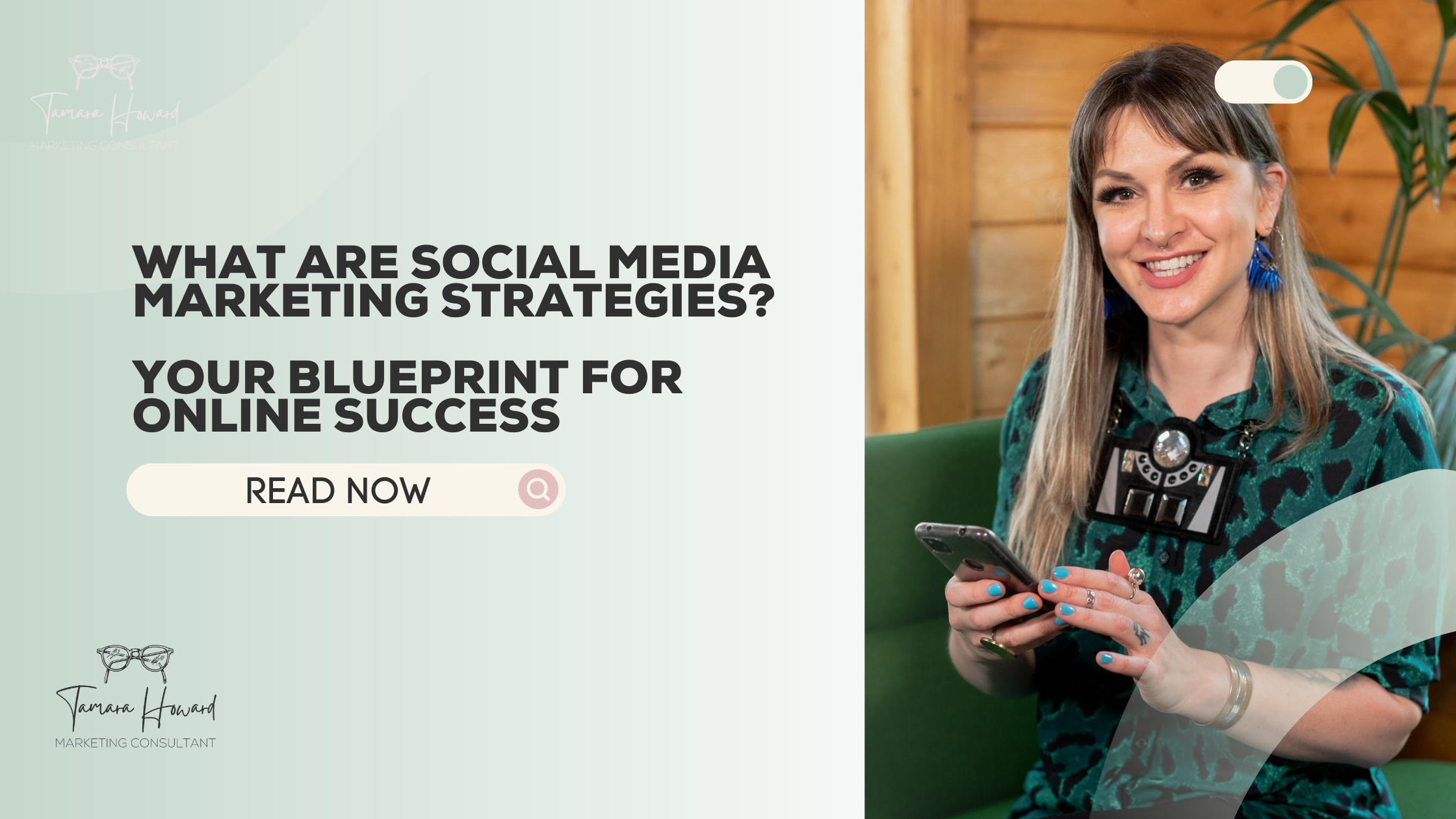Every business owner dreads the ‘C’ word … COSTS! 😏
But what if I told you that your marketing costs don’t need to be a necessary evil? Instead, they can be invaluable investments propelling your business forward. That’s right, folks; we’re transcending the ordinary expense sheet today, and delving into the murky world of ad spend, marketing value and return on investment.
Redefining Marketing Costs
Conventional wisdom often sees marketing costs as a drain on resources. And trust me when I say, you haven’t lived until you’ve watched a CMO and CFO go head-to-head in the grand battle of world views. There can be completely diametrically opposed perspectives when it comes to how and where to funnel expenditure.
The average CFO’s position of risk aversion and cost savings, while not entirely without merit, fails to capture the full picture. When managed strategically, marketing costs convert into investments with tangible ROI.

The ROI Matrix
Ah, the ROI matrix—the sanctified spreadsheet where marketing dreams live or die. To the uninitiated, it might appear to be just a set of numbers and percentages, but don’t be fooled. This analytical tool serves as the linchpin of your entire marketing strategy.
When you’re trying to transform marketing costs into investments, you need more than gut feelings and anecdotal evidence—you need cold, hard data. That’s precisely what the ROI matrix delivers. It quantifies the returns you can expect from different marketing activities, effectively allowing you to prioritise where your budget will work hardest. By drafting the expected potential returns, say, from a social media campaign versus an email marketing series, you’re not just shooting in the dark; you’re making strategic decisions informed by tangible metrics.
Ultimately, the ROI matrix is a strategic guidebook that helps you discern which costs are simply that—costs—and which ones have the potential to be lucrative investments, leading to not just revenue but long-term growth.
Plus, your CFO will love you for it.
Short-Term Gains, Long-Term Impact
A common misconception is that marketing investments should offer immediate returns. While instant gratification is gratifying, real growth comes from long-term strategic plays.
For example, you may as, “Why sink money into a three-year SEO strategy when I could spend it on a pay-per-click campaign that offers immediate clicks and conversions?”
The catch lies in the illusion of immediacy. While quick returns can spike your cash flow and boost team morale, they can be volatile and fleeting. Think of them as sugar highs; they pump you up momentarily, but what you’re really aiming for is a balanced diet of sustained energy—or, in business terms, steady growth.
Let’s face it, a single viral campaign might win you 15 minutes of fame, but will it create a lasting impression in an increasingly crowded market? These are critical questions that often go overlooked in the chase for quick wins.
Instead, consider focusing on long-term strategies like building a strong brand, curating high-quality content, or establishing fruitful partnerships. These might not offer the instant thrill of a sudden spike in sales or web traffic, but they contribute to creating a sustainable business model that endures the tests of time and market volatility.
In essence, you need to cultivate a balanced portfolio of marketing investments. Keep some budget for those high-impact, immediate return strategies—no one’s saying you should ignore low-hanging fruits—but also allocate resources toward long-term plays that will help you build a legacy in your industry. Think of it as a pension plan for your business; it might not be sexy, but it’s wise.

Budget Allocation: The Sensitive Subject
Discussing budgets often feels like treading on thin ice, especially with stakeholders eager for quick returns. Yet, budgets are pivotal in transforming marketing costs into genuine investments. Far from being a mere financial ledger, a budget serves as your operational blueprint, defining not just how much to spend but on what to spend.
By setting financial parameters, budgets force you to focus on high-impact areas, converting abstract strategies into concrete actions. It essentially asks:
Will you focus on customer acquisition or retention?
New, risky advertising platforms or tried-and-true methods?
It compels you to measure each potential venture against its likely ROI, thereby preventing impulsive decisions. In essence, your budget isn’t the villain; it’s the unsung hero that facilitates the metamorphosis of costs into investments.

Cost-Effectiveness Is Life
At the end of the day, cost-effectiveness serves as the barometer for elevating a marketing cost into an investment. It’s not merely about how much you’re spending; it’s about how wisely you’re spending it. The fundamental question isn’t, “How much does it cost?” but “What’s the return I expect to see on every dollar/euro spent?”
By closely tracking cost-effectiveness, you empower yourself with the agility to make informed decisions. Say a campaign isn’t delivering as expected; you won’t just blindly continue to pour money into it. Instead, because you’ve been keeping an eye on cost-effectiveness, you’ll have the data you need to pivot or refine your strategy. This avoids the notorious money pitfall—a scenario where you’re essentially throwing good money after bad, caught in a cycle of diminishing returns. Sunk cost fallacy, anyone?
Timely pivots and strategy refinement are only possible when you have a finger on the pulse of your cost-effectiveness metrics. In a world where every penny counts and competition is fierce, being able to adjust your sails quickly can make all the difference between a sunk cost and a worthy investment.
Your Immediate Action Plan
- Perform a Cost Audit: Take an in-depth look at your current marketing costs and identify which ones could become more investment-oriented with a change in strategy.
- Consult with Your Team: Discuss these findings and potential changes in strategy with your marketing and financial teams. Collaboration often unearths insights one person might overlook.
- Reallocate and Monitor: After reaching a consensus, reallocate your budget and monitor these changes closely. Adapt as necessary to ensure your costs are morphing into bona fide investments.



